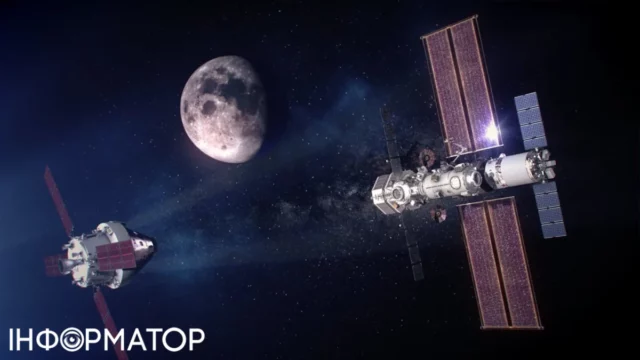A Worrisome Situation in Orbit
Recently, a troubling incident captured the attention of space experts worldwide. Imagine this: at 8:30 am Kiev time, two satellites—one out of control and the other functioning properly—passed dangerously close to each other in the vast expanse of space. The malfunctioning Russian satellite «Cosmos 2221» came within approximately 20 meters of the active American satellite «TIMED.» This incident raises alarm bells about satellite safety and the increasing risk of collisions in orbit.
Narrow Escape from a Potential Collision
According to Live Science and data from NASA, specialists were monitoring the situation but were helpless to intervene. Remarkably, NASA had issued a warning just an hour before the close encounter, highlighting the lingering threat of satellite collisions. When you think about the technology and effort invested in these machines, the thought of them colliding is unsettling.
The Real Risk of Satellite Collisions
The near miss involving the TIMED satellite emphasizes a critical issue: the increasing danger of satellite collisions. Jeff Smith, an aerospace engineer, explains, «If these two uncontrolled satellites had collided, it wouldn’t have just been the TIMED satellite lost; it could have triggered a catastrophic chain reaction of collisions. Imagine thousands of pieces of debris spiraling out of control, jeopardizing other satellites and even the International Space Station.»
Furthermore, NASA’s representatives have warned that a collision occurring at the staggering speed of 14 km/s could potentially increase the space debris in low Earth orbit by a staggering 50%. That amount of debris poses not just a threat to space travelers but also disrupts critical communication and weather satellites that we rely on daily.
The Growing Threat of Orbital Debris
Our space environment is becoming increasingly congested. Scientists have long warned about the rising tide of space debris, often referred to as the Kessler Syndrome. You may have seen the movie «Gravity,» which dramatically portrays the dangers of this phenomenon. However, the reality is even more concerning—there are estimated to be about 30,000 large debris objects currently orbiting Earth, according to the U.S. Department of Defense. Yet, NASA suggests the actual number could be much higher, leading to even more potential collisions.
- As of recent data, there are over 100 million pieces of debris smaller than 1 cm!
- The potential risk to operational satellites and the International Space Station is real; in 2022, the ISS had to execute avoidance maneuvers due to debris caused by Russian anti-satellite weapon tests.
In conclusion, the time to act is now. As space becomes more crowded, international collaboration is essential to address the growing hazard of orbital debris. By working together, we can help to prevent the terrifying scenario where one collision triggers a cascade that could render entire areas of space hazardous for decades to come. Let’s ensure our satellites can continue their vital roles in our lives without threat from the ever-growing cloud of debris above us.






